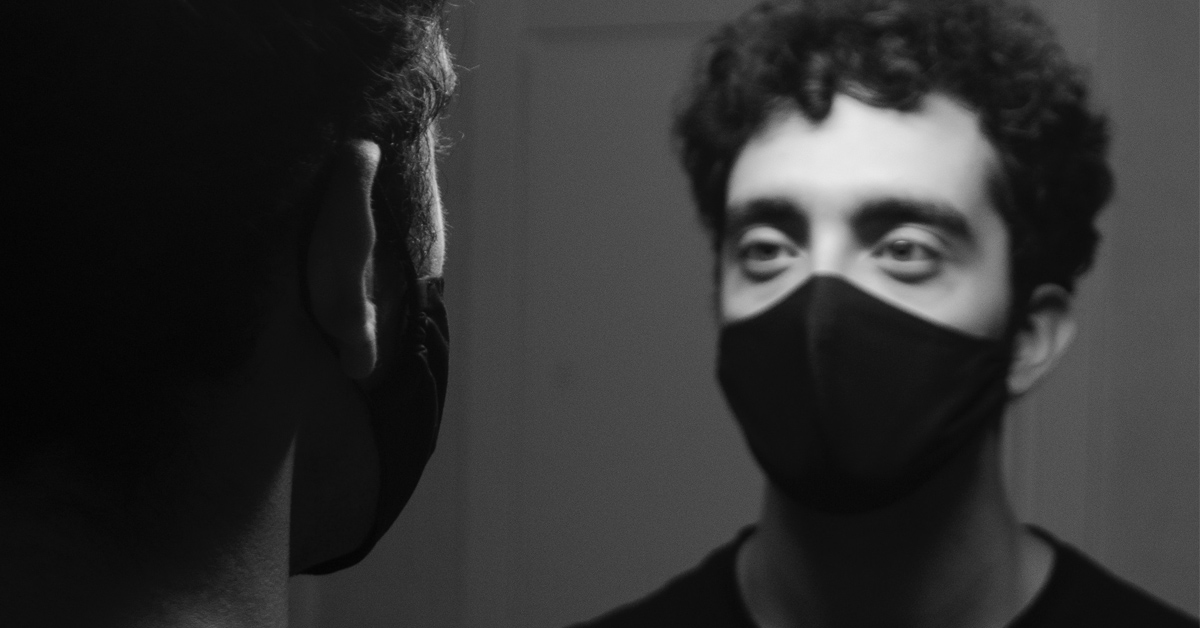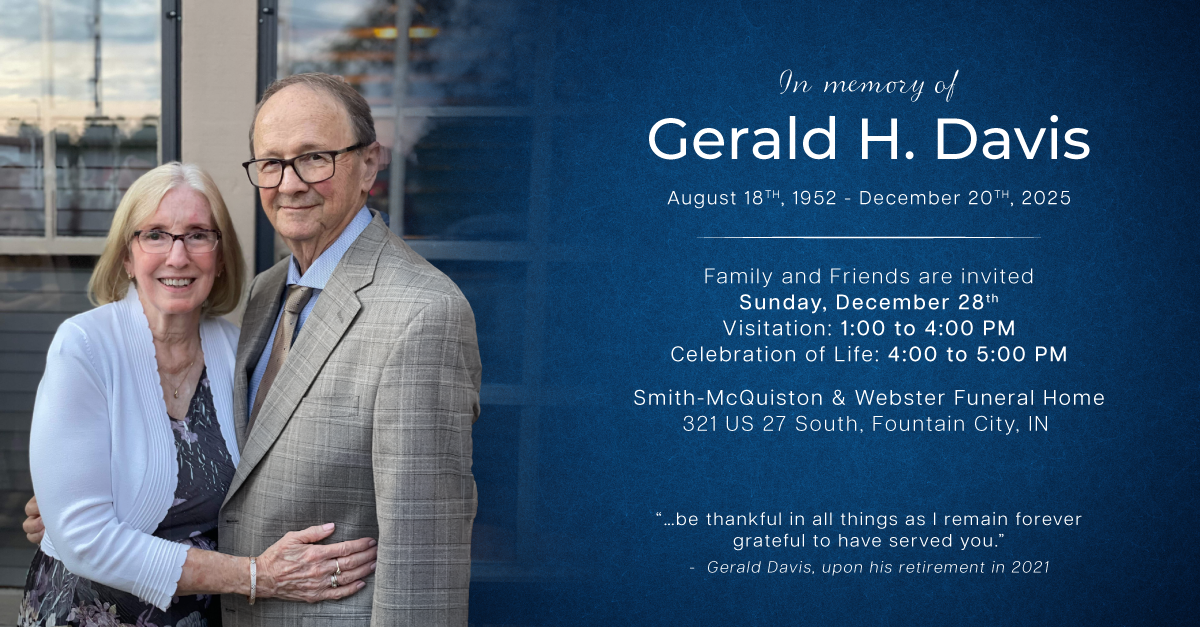How Living with Ashes Prepared 20 Million People for Social Distancing
A version of this article originally appeared in the July 2020 issue of American Cemetery and Cremation, published by Kates-Boylston Publications, and is being shared with permission.
Throughout the pandemic, there have been many new things to get accustomed to both at work in the death care space and at home. Most of these personal challenges, for me, center around social distancing. In this environment, between wanting to travel and see my family who live 1,500 miles away and the death of my grandfather in 2020, I had a bizarre epiphany – I felt the same way towards my dead grandfather’s cremated remains as I did towards my living family: I desperately wanted to feel close with them, but I couldn’t.
Familiarity in distancing
This comparison struck me as strange because it made social distancing feel familiar. The sensation of social distancing, a combination of loneliness, anger, and anticipation, was something I was already accustomed to because of my experience living with cremated remains. The difference though, was that the risks of breaking the rules to experience intimacy in each situation were radically different.
Social distancing during COVID-19 involves isolation from everyone outside your household to maintain good health. Living with cremated remains involves distancing from one specific individual due to a combination of death (obviously) and a form of mortal remains with an unfortunate user experience.
Everyday reminders
While social distancing and living with cremated remains have big experiential differences, there are powerful parallels to consider. In both scenarios, there is a feeling of loss and unfairness. Both scenarios tease the physical possibility of intimacy paired with negotiating a risk. Defying social distancing orders puts your health and the health of your loved ones at risk, while the decision to interact with the cremated remains of a loved one risks an uncomfortable mess followed by emotional trauma.
You may argue that burial also creates a similar experience, but the emotional agony surrounding social distancing is rooted in the actual physical possibility of being close to people and the daily reminders of the luxury that was taken from us. Every day we are confronted with seeing our loved ones’ Facebook posts, hearing their voice on the phone, seeing friends get their mail at the end of their driveway… but you can’t really spend time with them – not like you used to. You cannot see a buried body, or touch a buried body, and it certainly does not take up space in our home. Even if you wanted to be close with the corpse, you couldn’t. The emotional struggle of living with cremated remains is rooted in having the privilege of interaction, closeness, and connection taken away by death and then teased in front of you every day in your home so you can perpetually negotiate the risk of interaction… sometimes for decades.
Living with trauma
The frustration with both social distancing and with living with cremated remains lies in this idea that you can conceivably be close with the physicality of a person whom you love – but circumstance has taken that privilege away.
If the emotional result of distancing from loved ones due to COVID-19 is like the emotional result of distancing from loved ones due to the unfortunate form of cremated remains, then we’ve been suffering since 1876 at the inception of cremation in the United States. Twenty million people are currently living with cremated remains in the U.S. who have been enduring this emotional trauma for years, and it has gone unrecognized. COVID-19 has brought the mental health effects of distancing from our loved ones to the forefront of the cultural conversation. We as a profession should leverage this moment to learn about the experience of living with ashes to create a psychologically healthy cremation experience, and in doing so, elevate the value of cremation. Imagine a world in which a family is excited to pick up cremation remains from your funeral home.
Understanding the impact
Through countless studies, we are now beginning to understand the psychological and emotional effects of distancing from our loved ones, and through this lens we have an opportunity to better understand the effects of living with remains.
One common psychological result of social distancing is that the loss of agency and personal freedom to interact with people you love can cause anger, frustration, and irritability. One recommendation for coping with this common symptom is to stay connected with those people who are no longer physically in your life through other methods like phone, text, and social media. Although I cannot text my deceased grandfather, there are many options available to lift the perceived barrier of distance and allow me to feel closer to him. As death care professionals, the resources we can offer families choosing to live with cremated remains include: keepsake products that make a portion of ash visibly comfortable to live with, capsule jewelry that allows families to keep the remains physically close, solidified remains which provide the full amount of remains in a clean form that can be touched and held, and celebrant services to give meaning to the cremation remains themselves through ritual.
This is not an anti-cremation column – I am an advocate for cremation. Many families have chosen cremation as their preferred form of disposition because of the profound value it has provided, especially for living in our modern world. Despite some of its experiential downfalls, cremation allows everyone in dispersed families to keep souvenirs to soothe their grief, it provides a religiously-neutral form of disposition that is easy for everyone to relate to, and it presents a more affordable disposition option. The modern burial had hundreds of years to develop meaningful rituals and value, but cremation in the U.S. has only had about 35 years. Our culture-at-large is still in cremation puberty and it is up to us to invent and implement positive experiences that will be ingrained into our culture for centuries to come. So far, we have dropped the ball.
Establish a connection
It’s not surprising that direct cremation has risen in popularity – up until now in the United States, we’ve asked people to pay for something that causes them anxiety – this clearly not the best sales strategy. I believe that by providing the right tools and creating comforting rituals we can bring meaning to cremation, and the resulting remains, and we can begin to elevate the value of this option for our families. This ambitious vision will take decades to come to fruition at-scale but will have a powerful impact on our cultural outlook and mental health experience around death, dying, and grief. Additionally, designing rituals and bringing value to the cremation experience will have a positive impact on the businesses of future generations of funeral professionals by catalyzing more revenue and higher margins. In just 10 years we’ll be operating in a world where 80% or more of the families we serve choose cremation – we need to act now.
If you would like to help your families feel a connection to the loved ones they’ve lost during the COVID pandemic, take a small step and click below to register for our webinar to learn how to offer a complete alternative to cremated remains that provides a positive experience for families. Stay safe out there!





